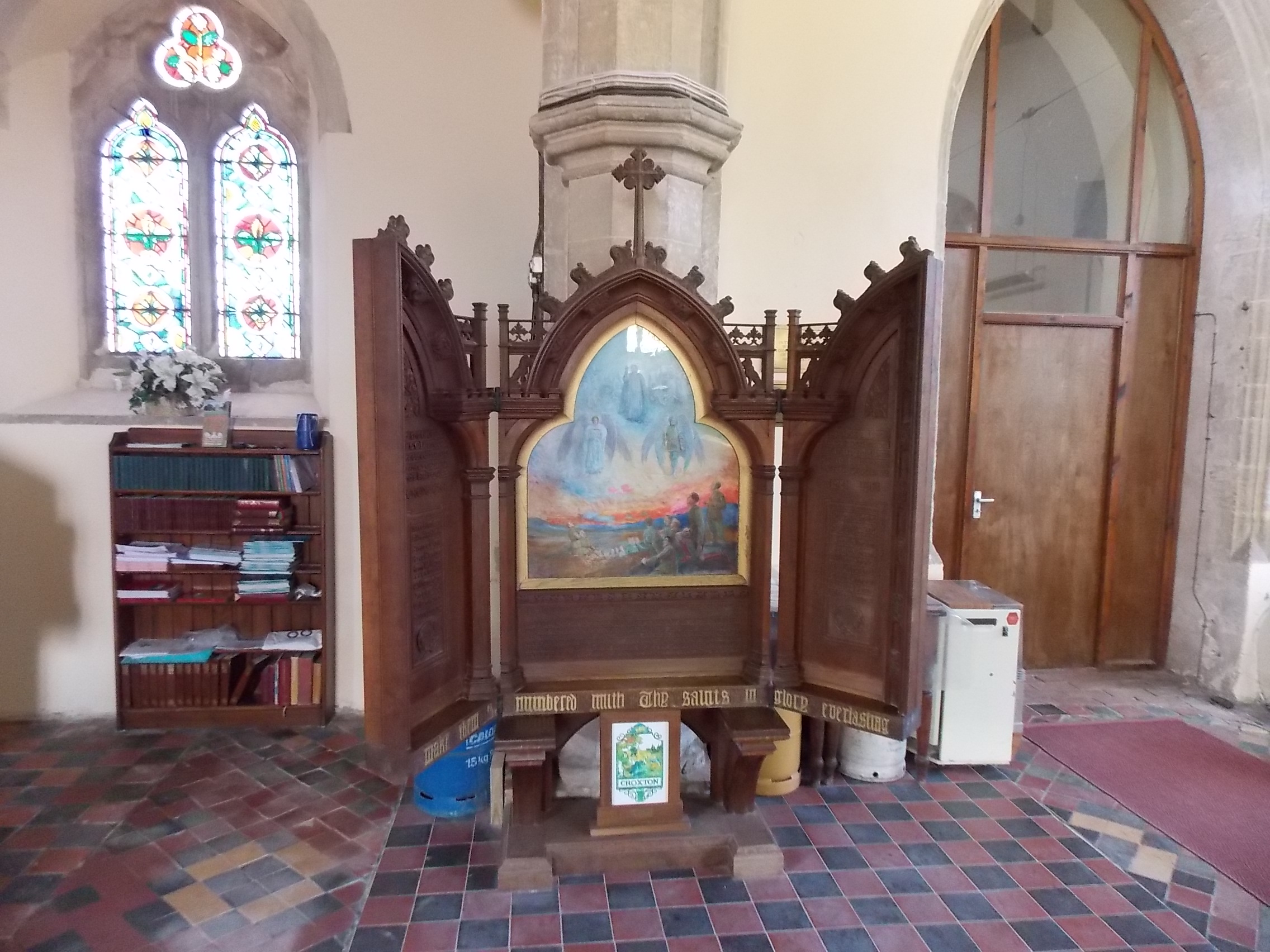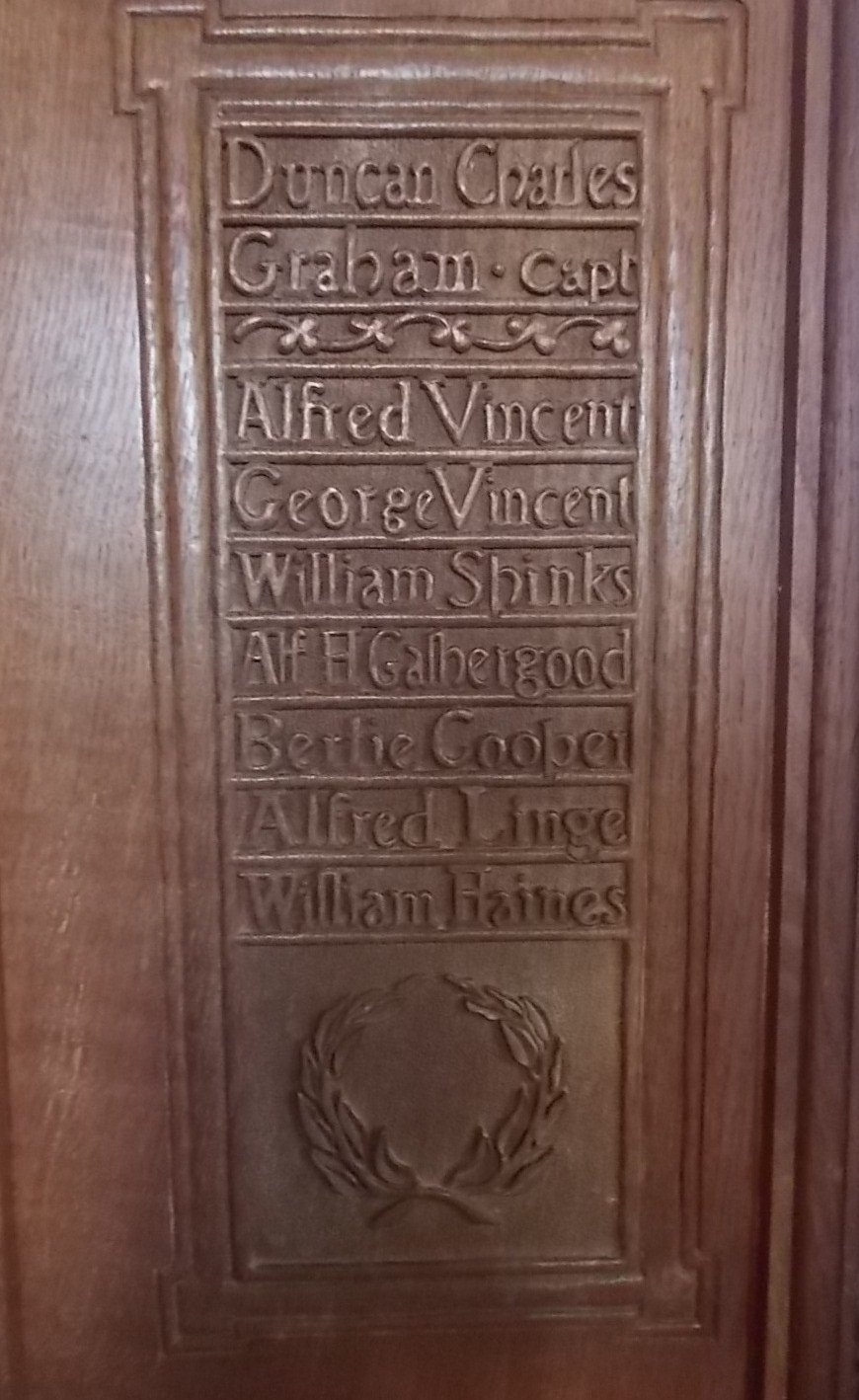
William Henry Haines was born in 1896, at Sutton Veney, in Wiltshire, the second of three children to John Henry Haines (a farm bailiff), and Alice Mary Haines. He was baptised at 5 April, 1896, at Sutton Veney Parish Church.
By 1901 the family was living at Rushton Bottom, Caundle Purse, near Sherborne, in Dorset, but by 1911 had moved to Chapel Farm, at Croxton, near Thetford, in Norfolk. In 1911 William Haines worked as a groom, but by the time he enlisted in 1915 he was a carpenter's labourer. He was unmarried.
William Henry Haines enlisted on 20 May, 1915, at Devizes, in Wiltshire. He served as a Private, No. 20813, initially at the Depot of the Wiltshire Regiment, before being posted to 'D' Company, in 5th (Service) Battalion, Wiltshire Regiment.
On 22 September, 1915, he embarked for service with the Mediterranean Expeditionary Force, landing at Gallipoli on 3 October, 1915.
He was hospitalised on 22 October, 1915, suffering from dysentery. The battalion had suffered heavily in the August and thereafter mainly worked on fatigues and improving trenches. Most casualties resulted from sickness.
Following the evacuation from Gallipoli the regiment went to Egypt before joining the Mesopotamian Expeditionary Force in February, 1916. William Haines disembarked at Basra on 23 April, 1916, and then joined a provisional battalion.
On 23 June, 1916, he was hospitalised suffering from jaundice, and thereafter was hospitalised on a frequent, almost monthly basis: on 10 December, 1916, he was diagnosed with malaria.
On 21 February, 1917, he was admitted to No. 41 Field Ambulance with malaria and was off sick until 3 March.
On 10 March, 1917, he qualified as a Lewis Gunner and re-joined his battalion on 21 April, 1917.
On 7 May, 1917, he was admitted to No. 39 Field Ambulance suffering from dysentery and admitted to No. 32 Base General Hospital, at Amara, on 27 June, 1917. He had two further admissions to field ambulances in September, and in November, suffering from debility and enteritis respectively.
Finally, on 27 November, 1917, ne was put aboard the HS 'Syria' for passage to India, and admitted to the Victoria War Hospital in Bombay, and diagnosed with tuberculosis of the lung.. On 8 March, 1918, he was transferred to No. 2 General Hospital, and by 5 April, 1918, William Henry Haines, was posted back to the Depot of the Wiltshire Regiment.
On 15 April, 1918, he was admitted to Grove Military Hospital, at Tooting Grove, and on 15 May, 1918, he was discharged as being no longer physically fit for war service.
He died of tuberculosis of the lung on Saturday, 19 April, 1919, at Croxton, near Thetford, Norfolk. He was aged 23. His service earned him the 1914-15 Star; British War Medal, Victory Medal and Silver War Badge.
William Henry Haines lies buried in All Saints Churchyard at Croxton to the north of the church, his grave marked by a private headstone. He is also commemorated on the wooden triptych war memorial within the church.




